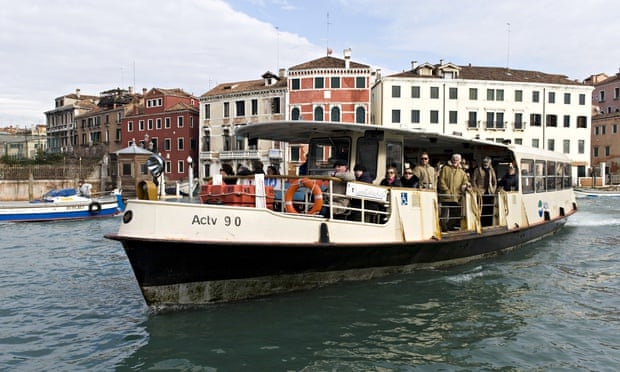In common with the best travel writing, the imaginative life of her prose gives a fresh charge to the real experience of being there

Jan Morris’s Venice is the first travel book we’ve encountered on the Reading group – and one of the few books we’ve read that isn’t a novel. Aside from an enlightening look through The Doors of Perception, and a few encounters with memoir, we’ve concentrated on fiction. And while just about everyone commenting so far seems to have been won over by Morris’s sumptuous descriptions of La Serenissima, there has been some resistance. It’s come from a surprising direction. Some people have expressed a flat dislike of “travel books”.
It had never occurred to me that it might be possible to dislike all travel books. Isn’t it akin to saying you don’t like puddings, or music played on the guitar, or – I don’t know – houses? I can just about understand not wanting to read a Rough Guide for pleasure, although I’ve personally spent many happy, anticipatory hours reading them before loading them into my rucksack. But I hadn’t anticipated an aversion to a tradition of writing stretching from Xenophon to Dave Gorman: one that takes in such diverse ramblers as Marco Polo, William Cobbett and Iain Sinclair.
Now that I’ve encountered the problem, I’m finding it tricky to think of a way round it. I could suggest very good reasons to read, say, Patrick Leigh Fermor or Jonathan Raban, but defending travel writing as a whole is a far trickier proposition. In mulling over the issue, though, I’ve revisited a few of my favourite travel writers and there are some things they can do more easily than writers of fiction. It gets very interesting when an authorial imagination collides with the concrete, physical world.
More
It had never occurred to me that it might be possible to dislike all travel books. Isn’t it akin to saying you don’t like puddings, or music played on the guitar, or – I don’t know – houses? I can just about understand not wanting to read a Rough Guide for pleasure, although I’ve personally spent many happy, anticipatory hours reading them before loading them into my rucksack. But I hadn’t anticipated an aversion to a tradition of writing stretching from Xenophon to Dave Gorman: one that takes in such diverse ramblers as Marco Polo, William Cobbett and Iain Sinclair.
Now that I’ve encountered the problem, I’m finding it tricky to think of a way round it. I could suggest very good reasons to read, say, Patrick Leigh Fermor or Jonathan Raban, but defending travel writing as a whole is a far trickier proposition. In mulling over the issue, though, I’ve revisited a few of my favourite travel writers and there are some things they can do more easily than writers of fiction. It gets very interesting when an authorial imagination collides with the concrete, physical world.
More
No comments:
Post a Comment